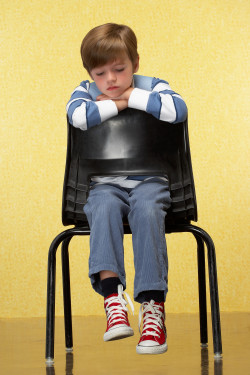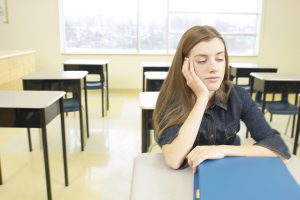SomnusNooze
Background
Compared with adults with narcolepsy, children with narcolepsy often have higher levels of excessive daytime sleepiness (EDS), are more likely to have cataplexy without a trigger, and are more likely to have a secondary form of narcolepsy. The EDS and disturbed night-time sleep of narcolepsy may lead to reduced quality of life and lower academic performance because of the associated obesity, depression, and attention-deficit/hyperactivity disorder (ADHD) that often accompany narcolepsy. ADHD has two main types of symptoms–inattention (such as trouble paying attention or organizing tasks or  being easily distracted) and hyperactivity-impulsivity (such as fidgeting or trouble staying seated or waiting for a turn). Other research has shown that adults with narcolepsy have ADHD at a higher rate than the typical adult population, but no one has studied this in children.
being easily distracted) and hyperactivity-impulsivity (such as fidgeting or trouble staying seated or waiting for a turn). Other research has shown that adults with narcolepsy have ADHD at a higher rate than the typical adult population, but no one has studied this in children.
Who were the participants and what did they do?
All children with narcolepsy who were seen at one of the national narcolepsy centers in France over a four-year period were invited to participate in this study. Children with narcolepsy (86 with cataplexy [NwC] and 22 without [Nw/oC]) and children without narcolepsy (67 control subjects) were recruited. With the help of their parents if necessary, these children completed several questionnaires, including the Pediatric Daytime Sleepiness Scale, Chalder Fatigue Scale, the ADHD Rating Scale, and the Children’s Depression Inventory.
Who were the researchers and what did they do?
The researchers were physicians from the four national narcolepsy centers in France. They examined each of the participants, calculated the subjects’ body mass index (weight divided by height, in meters squared), and prescribed treatment for narcolepsy for those subjects who had narcolepsy. They did not specifically treat the symptoms of ADHD, although many of the wake-promoting treatments for narcolepsy are also used for ADHD. They reviewed the patients’ responses to the questionnaires.
What were the results of the study?
 The children ranged in age from 6.5 to 17.9 years. The children with Nw/oC were, on average, younger that those in the other two groups. Slightly more than half of the children with narcolepsy were overweight, as compared with 10% of the control subjects. About 20% of patients with narcolepsy were obese, compared with 4% of the control subjects. Of the control subjects, 5% to 6% had clinically significant ADHD symptoms, as did 30% of patients with NwoC and 15% of patient with NwC. Those with higher levels of ADHD symptoms had higher rates of depression and decreased quality of life.
The children ranged in age from 6.5 to 17.9 years. The children with Nw/oC were, on average, younger that those in the other two groups. Slightly more than half of the children with narcolepsy were overweight, as compared with 10% of the control subjects. About 20% of patients with narcolepsy were obese, compared with 4% of the control subjects. Of the control subjects, 5% to 6% had clinically significant ADHD symptoms, as did 30% of patients with NwoC and 15% of patient with NwC. Those with higher levels of ADHD symptoms had higher rates of depression and decreased quality of life.
With regard to medications, 73% of children with Nw/oC were receiving treatment (> 90% with stimulants, none with sodium oxybate) and 67% of children with NwC were receiving treatment (>90% with stimulants, 14% with sodium oxybate). “Moreover, in contrast to narcolepsy symptoms, for which some benefit of therapy was observed, ADHD symptoms appeared to be largely unresponsive to psychostimulant therapy. It remains unclear, therefore, whether psychostimulant therapy is effective for ADHD symptoms in pediatric narcolepsy and whether hypersomnias and ADHD may or may not share a common underlying pathophysiology.”
Source
Lecendreux M, Lavault S, Lopez R, Inocente CO, Konofal E, Cortese S, Franco P, Arnulf I, Dauvilliers Y. Attention-deficit/hyperactivity disorder (ADHD) symptoms in pediatric narcolepsy: a cross-sectional study. Sleep 2015;38(8):1285-95.
